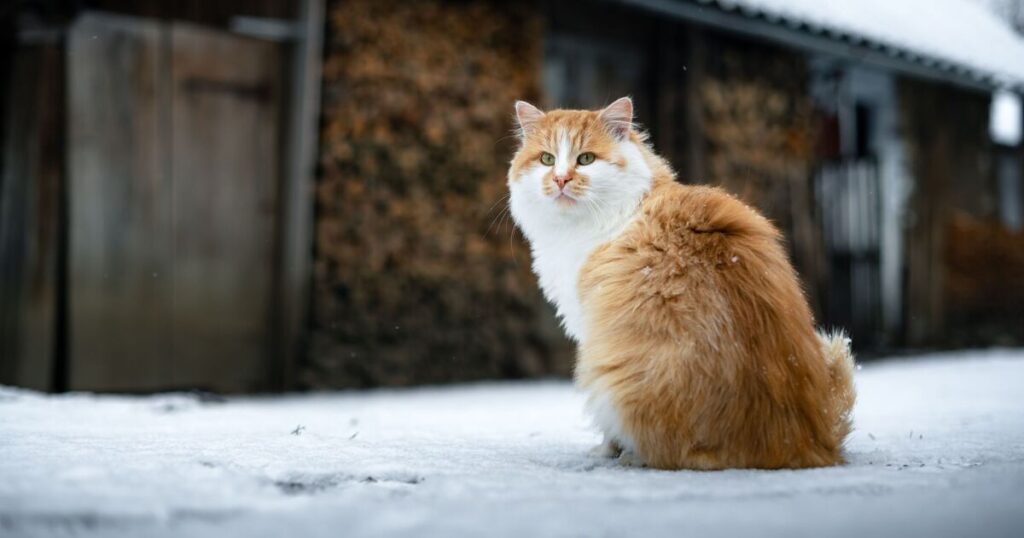
A vet has revealed the exact temperature at which it becomes too cold for cats to venture outdoors, as freezing conditions could pose serious health risks.
With winter drawing closer and temperatures dropping, many cat owners worry about letting their pets outside to roam, particularly given existing guidelines about when it’s too cold for dogs to be walked. Exposing pets to excessively cold weather can trigger health problems including hypothermia and frostbite – potentially fatal if left untreated.
Some warning signs your cat may be experiencing hypothermia include shivering (which can cease as the condition deteriorates), cold ears and paws, pale gums, disorientation, lethargy, and shallow breathing.
To assist concerned owners, Dr Dave from Bath Veterinary Group appeared on the Pet Health Club’s TikTok account to help cat owners identify when temperatures have dropped too low for their feline companions to safely go outdoors, as bitter cold can result in severe health complications.
“Is it too cold to go outside for your cat?” he enquired at the beginning of the clip, before detailing what various temperatures could indicate for your cat, and when they should remain indoors.
When outdoor temperatures sit between 10-19C, Dr Dave clarified these are typically safe conditions for cats to explore outside.
“However, some cats, especially elderly cats, or cats with thin coats may need extra warmth,” he noted. Nevertheless, when temperatures fall below 10C, pet owners should become more alert to outdoor conditions before allowing their cats outside.
“Your cat will potentially be uncomfortable in these temperatures, so provide them with warm shelter,” Dr Dave recommended.
Should temperatures reach 0-6C, Dr Dave highlighted this range presents a ‘medium health risk’ for cats, potentially triggering various health complications.
Once more, he stressed the importance of providing safe, warm shelter to maintain feline wellbeing, warning that extended exposure to such cold conditions could prove dangerous. The RSPCA further advises keeping cats indoors overnight during this temperature range.
Should the mercury drop below 0C, he urges cat owners to keep their pets inside, regardless of how persistently they may request outdoor access.
“This is dangerously cold. There’s a high risk of frostbite and hypothermia,” he explained. “Keep your cat indoors and ensure they’re warm and comfortable.”
When adverse weather necessitates keeping outdoor cats confined indoors, maintaining pristine litter trays becomes particularly crucial, while providing additional food helps sustain their energy levels.
If you allow your feline friend to venture outdoors during the winter months, the RSPCA advises being mindful of winter hazards such as antifreeze and rock salt, which can be toxic to cats if consumed.
It’s also important to ensure your cat is easily seen by motorists in the dark. Regular grooming aids cats in shedding their summer coat, allowing their winter coat to grow in. Aim to brush them at least once a week – or daily for long-haired breeds.
Always conduct your own research to determine what’s best for your cat. If you have any concerns or queries, don’t hesitate to seek advice from your vet.






















